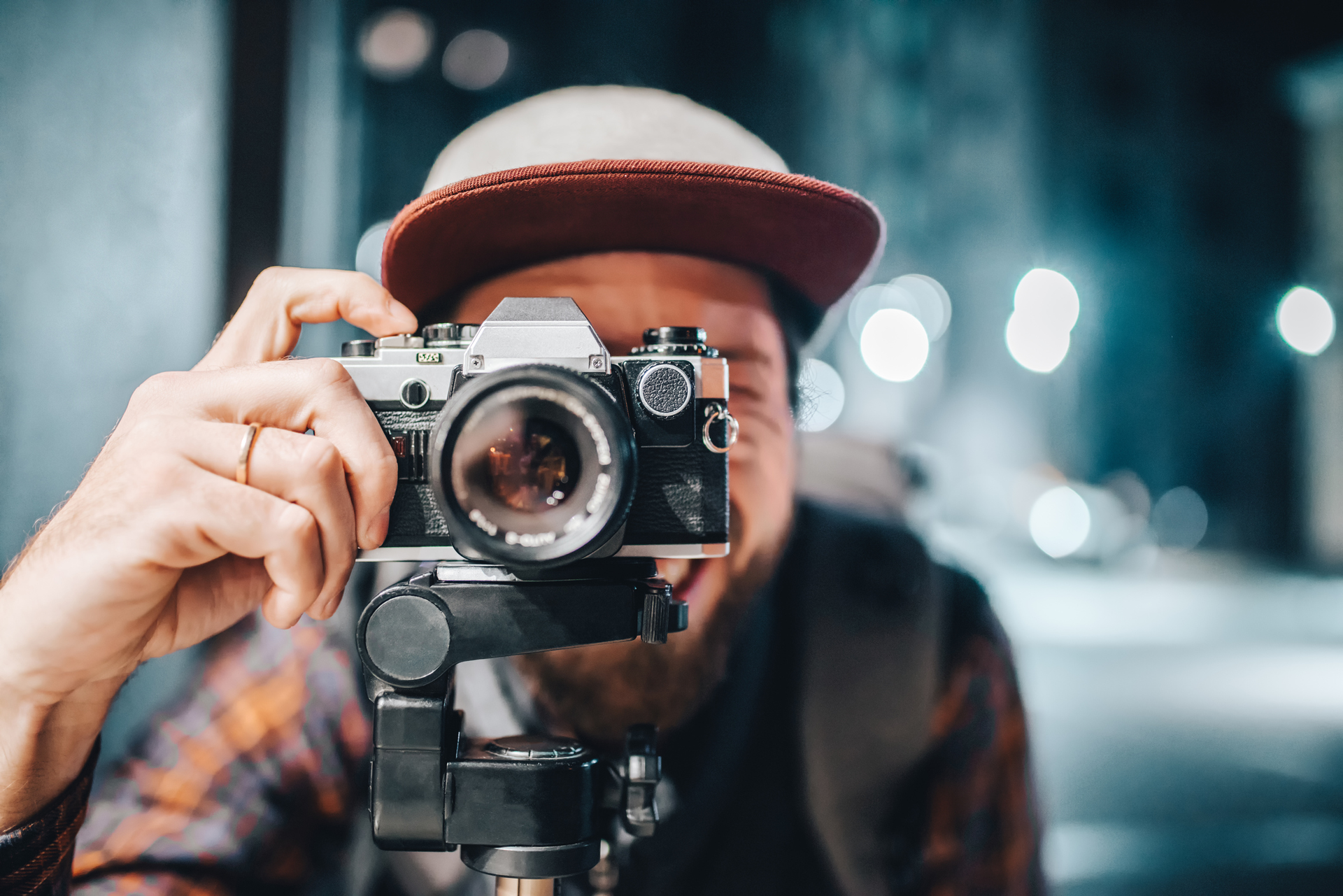Finding pictures that you can use on the Internet is a struggle whether you’re a college student or a company. You have to get around the licensing laws, and pay exorbitant amounts in subscription fees. You’re not a thief, you’re just a person trying to build a website, or attach an image to a blog post, for heaven’s sake. And you’re not going to pay $400 for a picture. Well, now you don’t have to. There’s a solution besides stealing them or circumventing copyright and intellectual property laws. Well, there’s good news: now you can.
Unlike many companies, that set out with a specific mission to solve a well-known problem, Unsplash founder and CEO started the company Mikael Cho said it started as an accident during his days as a web designer. Unable to afford to buy pictures, they hired a photographer to shoot some phots for design projects, and then placed the leftover pictures in a Dropbox folder. “We thought rather than keeping those pictures private to ourselves, we thought we could make them public. So the first version of Unsplash was just that.” Within three hours, there were 30,000 downloads of just ten free images.
As the company grew, more and more creative professionals added their own pictures to the Unsplash library, relating to the problem many creative professionals have of being unable to find high-resolution images available for free. “I think when we told that story a lot of people resonated with that, and people contributed images here or there. Fast forward to today, we have a million images in the library.”
Instead of making money through licensing fees and charging for images, Unsplash is profitable by an ad platform and using sponsored content from their partners, such as Boxed Water, whom I spoke to for this story. Unsplash is a true disruptor in the field, 65 million downloads, more than Shutterstock, Getty, and Adobe Stock combined.
I spoke to Hilary Messink, senior marketing manager at Boxed Water, who also consider themselves to be disruptor in the plastic water bottle industry, and Unsplash is a critical partner in that mission. “Unsplash is very similar to us in their own vertical where they are looking to explore and try to provide users with imagery and allow people to have access to design-centric photography that is very organic and natural…Boxed Water is very similar. We have design aesthetic that has been adopted by everyday photographers. Our products have always been very Instagrammable.” This is less about a typical brand and a vendor story where a brand feels supported through a vendor’s technology. It’s about two companies with similar intentions and aligning their interests in that direction.
This may be the beginning of how companies relate to consumers – and each other – in the coming months and years. Less top-down structure, more democratic, collaborative and open. Instead of placing desired products on a shelf out of reach where only those who can afford them can access them, startups are learning to cooperate so that they and the end user can benefit.







